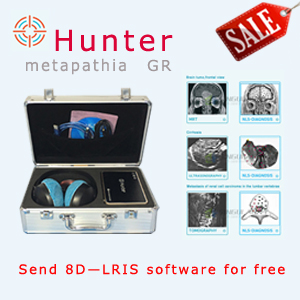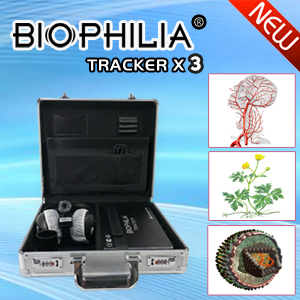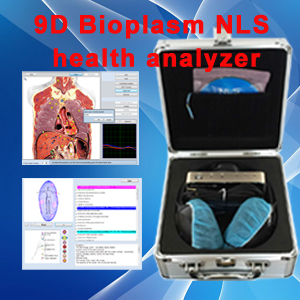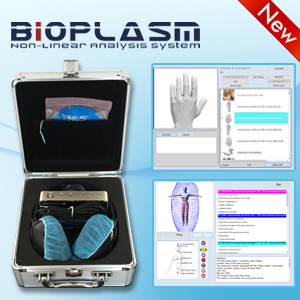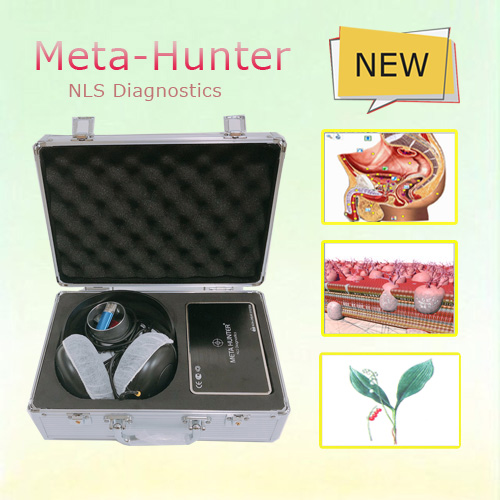Pathomorphological basis and common bioplasm machine
Pathomorphological basis and common bioplasm machine-symptom in patients with lung abscess was the presence of intrapulmonary cavity, the main diagnostic criteria of which were related to changing of chromogeneity of internal content and a wall. Spectral-entropic analysis helped to evaluate the content and its distribution in the cavity and thus to evaluate the efficiency of abscess spontaneous drainage through bronchi and decide if it was a purulent or a gangrenous form. Virtual visualization of walls was possible at chronic course of an abscess, thickness of walls and character of a contour were taken into consideration at differential diagnostics with cavernous form of peripheral lung cancer.
We singled out 4 types of acute lung abscess depending on efficiency of its spontaneous drainage through bronchi: blocked abscess, an abscess with insufficient spontaneous drainage, an abscess with free spontaneous drainage and an abscess with air pocket. These variants represent consecutive development steps of a nidal purulent-destructive process in a lung. Offered classification is based on differences in a structure of abscesses, namely on qualitative ratio of hypechromogenic purulent exudate (6 points at Fleindler’s scale) and achromogeneity of air inclusions (1 point) and a character of their spatial distribution in the cavity.
This article is provide from [Bioplasm nls],please indicate the source address reprinted:http://www.bioplasm-nls.com/nls_knowledge/Pathomorphological_basis_and_common_bioplasm_machine.html


